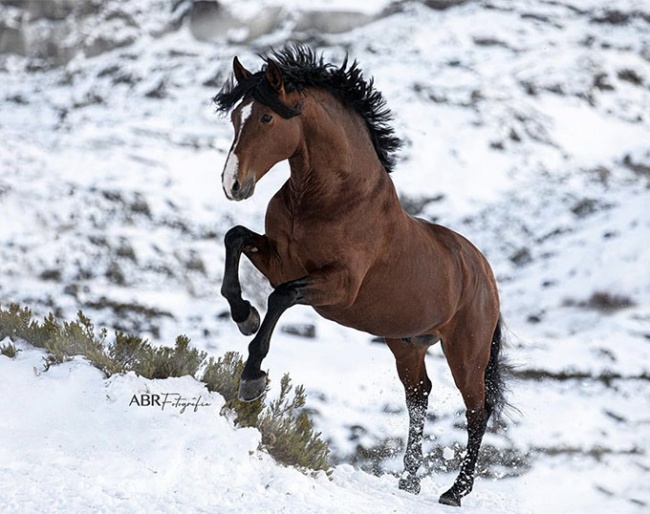
At the 2020 International Society of Equitation Science Annual Meeting, which was held virtually due to the corona pandemic, professor Natalie Waran held one of the highlight speeches of the conference on horse "happiness," a poorly defined concept in the FEI rule book.
Here is a review of that talk..
A Good Life for Horses: Challenges and Opportunities
In this talk Natalie Waran encouraged us to look closely and ask hard questions about the quality of life our horses experience, horses who cannot make choices about their management, handling, or whether or how they are ridden. Waran noted that the FEI rules advocate for a “happy equine athlete”, but that “happiness” is an elusive concept and poorly defined in the FEI rule book and elsewhere. A horse that is not experiencing negative states or emotions is not necessarily a “happy” horse.
Challenges for Good Quality of Life
She argued that our sport is under closer scrutiny than ever before, and in order to sustain it we must deal with the court of public opinion and the Social License to Operate. Thus, it behooves us to understand and provide a good quality of life for our horses. Waran outlined some of the challenges we face to ensure this good quality of life.
First, we need to face the difficult question of whether it is even possible to ensure a good quality of life for horses while using them for sport. And, if it is possible, what would a good life for today’s modern sport horse look like? What is accepted practice (individual housing and limited foraging opportunities, for example) is not always the best practice and does not necessarily ensure a good quality of life.
Secondly, owners are often poor judges of a good quality of life, because they are not objective; their personal and competitive goals often conflict with the best interests of the horse.
Thirdly, since animals cannot tell us how they feel, we face another challenge in assessing their subjective experiences. We are actually much better at assessing and measuring negative states than positive ones. What does “good” look like from an equine lens?
Surmount Challenges with Good Science
Waran then described how we might surmount some of these challenges with good science.
Preference studies, where researchers study what environmental choices animals make and the strength of their preference (e.g. what kind of housing, bedding, social conditions, handling, etc.) have been used widely with agricultural animals, but have had limited use in equine science. Cecille Mejdell and colleagues, in a series of ingenious studies on blanket preferences, taught horses to target a specific shape that corresponded to a unique consequence (“Blanket off please”, “Blanket on please”, or “I’ll stay as I am thank you”). Once trained (in a mere 14 days) horses clearly communicated their wardrobe preferences in a way that logically corresponded to the climatic conditions they were experiencing. It appears that horses know what they want and will tell us so when given the chance. And for the record, horses want to be ‘naked’ much more often than we think they do!
Another opportunity for assessing good welfare is research demonstrating the relationship of various eye and facial expressions to different emotional states. It appears that humans are often fairly accurate at assessing welfare states in species they are familiar with. Developing this approach for use in horses requires further research to determine the most reliable behavioural, postural, and facial indicators of different presumed emotional states. A “trust your eyes’ approach would be useful for horse owners, who could then be confident that sad horses look sad, and happy horses look happy.
Quality of Life Assessment Framework
Waran advocated for the development of an evidence-based Quality of Life Assessment Framework that defines a profile of equine behavioural states to reliably assess equine emotions.
This Quality of Life Framework could bring science to the stable and help ensure that horses are maintained in a positive welfare state as much as possible. Owners and industry professionals would have the tools to determine what a positive state looks like, and thus identify early warning signs when a positive state was not being maintained.
Waran stressed that, “although the secret life of horses is not easy to access, all of us who enjoy our interactions with horses, want our horses to be able to live a good life”.
Source: ISES - Photo © Afonso Bordallo Rodrigues
Related Links
Is It Possible to Judge If a Horse is a Happy Athlete?
Many Interesting Discussions During 2010 ISES Conference